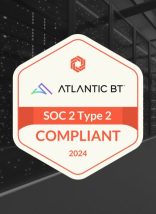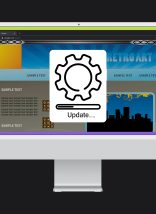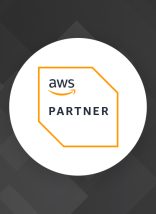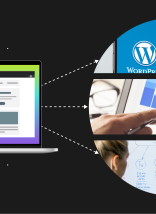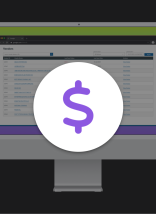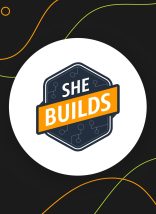Search Engine Optimization (SEO) Is Changing
Read the frenzy of blog posts after Google’s Panda and Penguin algorithm changes and an Internet marketer may think the world as they’ve known it is coming to an end. The perception isn’t wrong as much as overblown. Google is consistent in some things inconsistent in others. Google’s insistence on great content is not new.
That your great content must compete in a “red ocean” of content marketing is new. This post is about how to create new Key Performance Indicators (KPIs) to help play well with Google’s new SEO ecosystem. I’ve discussed the importance of The Commons and collaborative competition in The Commons Revolution. This post is about how to think about your online business as part of a “Commons” or an “ecosystem” where your role is to curate and create great content, establish authority and win visitor hearts and minds.
What Is A SEO Ecosystem
Google isn’t interested in your website by itself. Google is interested in how your website and web content fits in and contributes to the “conversation” happening in your business. If you are a web development company such as Atlantic BT Google is interested in how your content helps develop web sites and software. Atlantic BT is part of a local (Raleigh, Durham, Chapel Hill, North Carolina), regional (Southeast) and national web design ecosystem.
Ecosystems are fascinating. I’ve reviewed a number of businesses from carpet cleaning to high end government research during my Director of Marketing tenure at Atlantic BT. Each business group has competitors that learn where openings exist creating a balanced “ecosystem”.
It is rare to see two great Facebook competitors squared off and fight for each like and share. When I reviewed the advanced sports ecosystem Patagonia was a better blogger than North Face who was amazing on Facebook and Oakley was great on Twitter. Each competitor found tools to fit their brand not already mastered by a major competitor.
SEO Ecosystems understand a business vertical or group of businesses AS A WHOLE observing the push and pull of Internet marketing as it develops within the system (think of this as the “Google View” because this is how Google views your ecosystem too). An “ecosystem” can be made up of as few as two websites, but the view is always across a common set of metrics including:
- PageRank (use Page Rank Checker).
- Inbound Links (use Alexa.com).
- PageSpread (use Google site:www.website.com and try without www use larger of two numbers).
- Social (Go to social nets and note followers).
PageRank
Google ranks every webpage (eventually) from 0 to 10 (higher is better). PageRank is a great aggregate number letting you know the strength / weakness of your website within its business ecosystem. A PageRank of 6 is good unless all of your competitors are PR9s (then having a PR6 is way behind). PageRank is made up of many metrics, but number and quality of inbound links is one of the most important.
Inbound Links & Social Signals
Google’s engine is built on the democracy of “link love”. Google had to strike hard against “link fraud” or the underpinning of its algorithm was at risk. If websites with high PageRank sell their SEO power Google’s link based democracy is threatened. Correctly anchored inbound links are HARD to get. Likes and shares are easier to get, so Google made room to check their algorithms recommendations by using “social signals”, the ubiquitous LIKE, LINK and SHARE on social networks.
In fact, Google saw so much fraud in the “correctly anchored” links too many of them (links with the same keywords as anchors) can create an “over optimized” problem now. If you inbound links don’t feel random and created out of love Google will simply NOT give you credit for them or worse penalize your site for having them.
PageSpread & Inbound Link Efficiency Index
Pagespread is how many pages your website has “in” Google’s. Use the command Site: website.com (with and without www) to find your website’s pagespread. Having millions of pages isn’t helpful IF those pages aren’t being linked to, so we developed a new metric called LEI or Link Efficiency Index to judge how FAST your website is developing inbound links vs. your competitors.
Social Following
Facebook LIKES and Twitter followers aren’t important in and of themselves, but they are important confirming signals. If you have low pagespread but high social shares your website may have a high PageRank. If you have low social follows, low inbound links and low pagespread your website will have a low pagerank.
Web Design Raleigh Ecosystem
For today’s post we will examine an important phrase for Atlantic BT and our web development competitors: “web design raleigh”. To know your website’s position on a keyword or phrase use Mike’s free Keyword Checker tool (since the Google float will obscure the absolute reference). Her are five rankings’s from Mike’s:
1. AtlanticBT.com (located in Raleigh, almost 70 employees).
2. TheeDesign.com (located in Raleigh, 10 – 15 employees).
3. Weareo3.com (located in Raleigh, 2 employees).
4. Fragmentlabs.com/(located in Wake Forest, (5 – 10 employees).
9. Onwired.com (located in Raleigh, 10 – 15 employees).
Size of the company may or may not be important to your decision about who should create your website. Performance is usually related to size online. Hard to become bigger if your work isn’t great. Next thing to do when looking at an ecosystem is to create an apples to apples comparison across the Key Performance Indicators (KPIs) listed above:
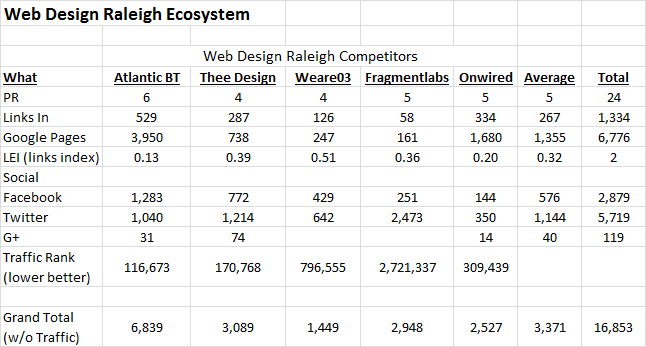
How the ecosystem for “web design raleigh” charts:
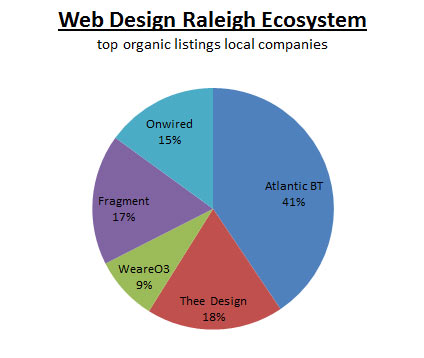
Understanding The Web Design Raleigh Ecosystem
We’ve created an “ecosystem” view of the Google keyword phrase “web design Raleigh”. Each competitor has strengths and weaknesses evident in this analysis. Atlantic BT could improve link creation efficiency and its Google Plus profile. Competitors on this list could improve other aspects of their Internet marketing from pagespread to social likes and shares.
Each company has great people working hard to develop awesome websites.
Despite Atlantic BT’s lead in “web design in Raleigh” the business vertical is far from “rolled up” or dominated exclusively by one firm. “Web design raleigh” may never be”rolled up”. Just because Google and the web prefers an authority doesn’t mean authority is always established. The more “out in the tail” we go the less Google cares if a set of keywords finds dominant authority. “Web design Raleigh” receives about 2,900 broad match searches a month, so it is pretty far out in the “tail” of long tail SEO.
The “Web design raleigh” ecosystem we’ve looked at may distribute views something like this:
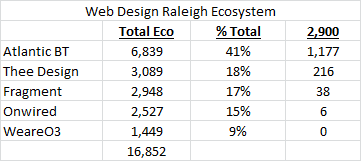
Hope this post helps you know how to create a SEO Ecosystem view. Could you create a view like this on each of your top 10 keywords? Yes. Creating an “ecosystem view” is a good idea since there is something about creating an Apples to Apples comparison that helps identify strengths and weaknesses for YOUR website and for your competitors. We would NEVER suggest making a buying decision based on ecosystem results alone.
Use your ecosystem analysis to create informed questions, evaluate strengths and weaknesses of different websites on different keywords and learn how you can disrupt a business vertical. One consistent “disruption” is become a Google Plus authority since use of G+ is usually not very crowded (the tool is still difficult and not as friendly as other social nets so jump in now to disrupt). The more you understand your new SEO Ecosystem the better your Internet marketing will do.
Note: left “raleigh” un-capitalized above because that is how Google views it in Adwords Keyword tool.




